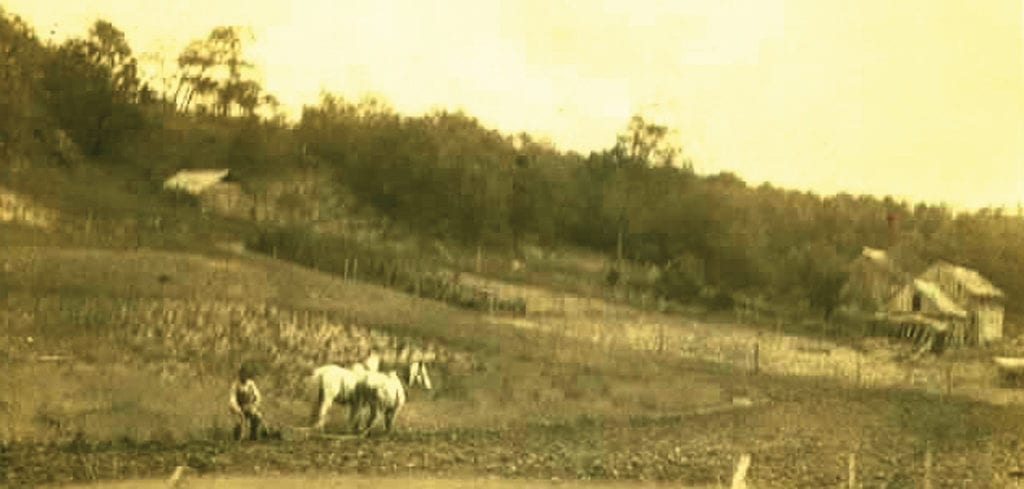The United States is a nation of immigrants, and throughout its history, this has often been a highly politicized topic. In the context of current immigration controversies, the story of Norwegian immigration may not seem very relevant. However, there are immigrant experiences that transcend historical periods and ethnic boundaries. Many Americans immigrants celebrate narratives of pursuing the American Dream. Reasons for leaving or difficult experiences along the way may or may not be remembered, recorded, or uplifted.
Norwegian Americans have been particularly diligent in recording their history. Vesterheim and NAHA, the Norwegian American Historical Association in Northfield, Minnesota, are two of the organizations they established around the turn of the twentieth century to do this work. In 1895, Norwegian immigrant professors at Luther College began collecting items that documented the everyday life of settlers from Norway, and what they had left behind, laying the foundation of today’s Vesterheim Museum. It was all about remembering, in the service of maintaining a Norwegian identity.
The most recent issue of Vesterheim magazine (published twice a year as a member benefit) is dedicated entirely to the topic of immigration. Copies are available for purchase at the museum store here. The theme has been explored from many different angles in past issues, and will certainly continue to be addressed into the future. It is central to the museum’s mission.
The immigrant narrative of Norwegian tenant farmers is shared often in exhibits and on tours at Vesterheim. A majority of those who emigrated from Norway were of this landless class, and consequently left for economic reasons. In the United States, most became landowners and experienced relative prosperity. It was not always easy, however. In the article, “A Rough Beginning,” in Vesterheim Magazine, Vol. 11, No. 1, 2011, Howard Sherpe, shares his family’s story of compound misfortunes as they immigrated and settled in Coon Valley, Wisconsin.
One experience that all immigrants to the United States have in common is “becoming” American. The first generation immigrant cannot avoid having a split identity, feeling “at home” in both places. In Johan Bojer’s 1925 novel, The Emigrants, one character has been back to Norway seven times. “Each time I thought I was going back for good…but happiness is a funny thing! When you’re here, you feel you can’t be happy out of the old country, and when you’ve been there a while, you begin to look out over the ocean, and you find out you’re happier over here, after all!”
There is hardly anyone in Norway who does not have an emigration story somewhere in their family history. As some left, other family members stayed behind. This means that for Norwegian Americans, there is a strong connection to the old country. These ties to Norway inspired relief efforts when Norway was under occupation during WWII. Jeff Sauve discusses details on this effort and its impact in the article from Vesterheim Magazine, Vol. 5, No. 2, 2007, “A Helping Hand – American Relief for Norway.”
Regardless of an immigrant’s place of origin or their destination, there is always an element of the unknown. To emigrate is to take a risk in pursuit of a perceived benefit. Often an immigrant’s story is one of success; sometimes difficulties dominate. By seeking out immigrant stories and listening carefully, we build empathy for anyone who takes that risk in the hope of a better future.

